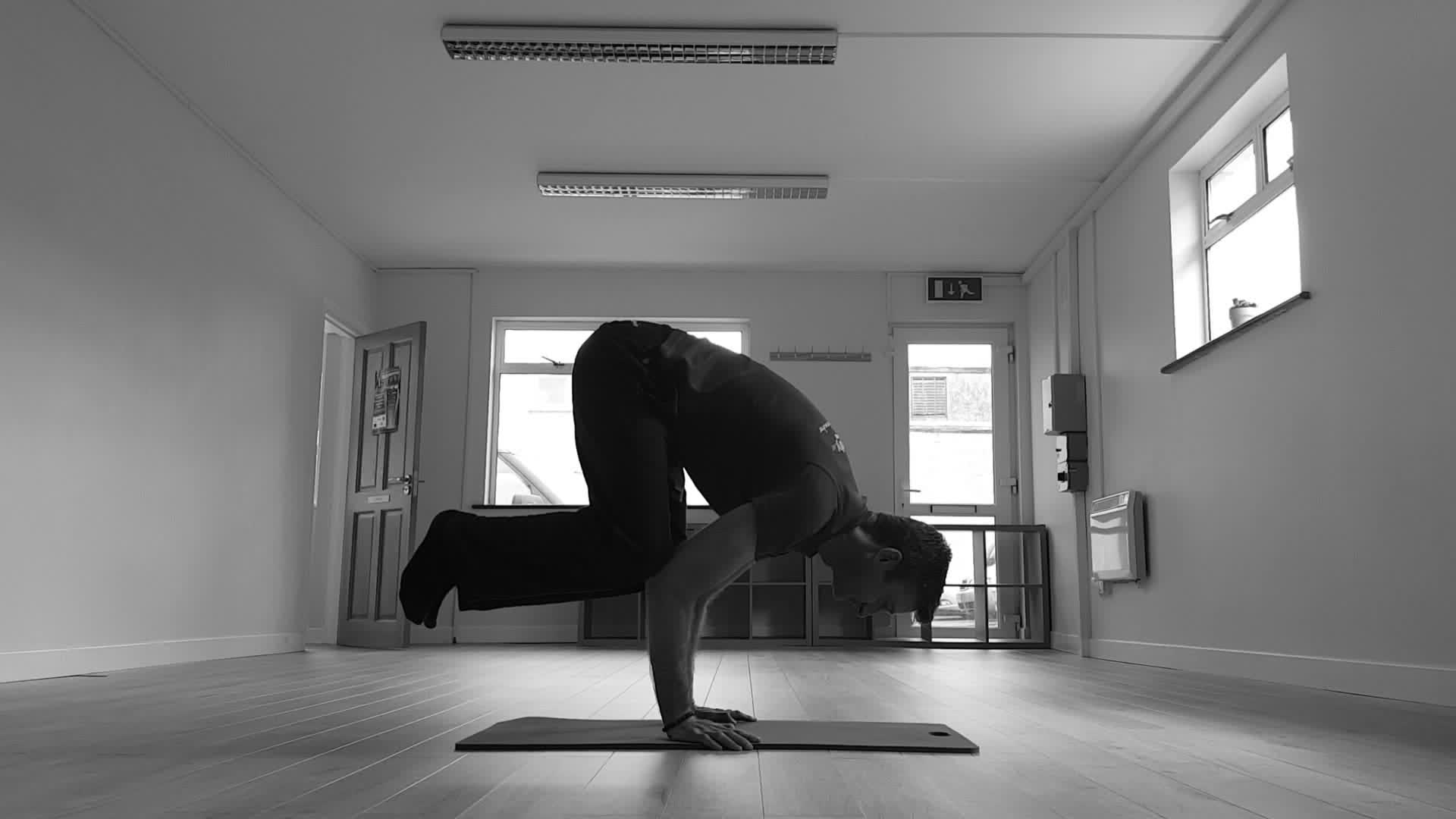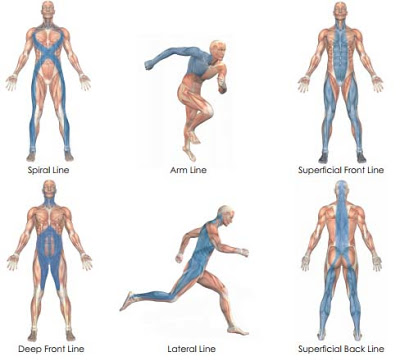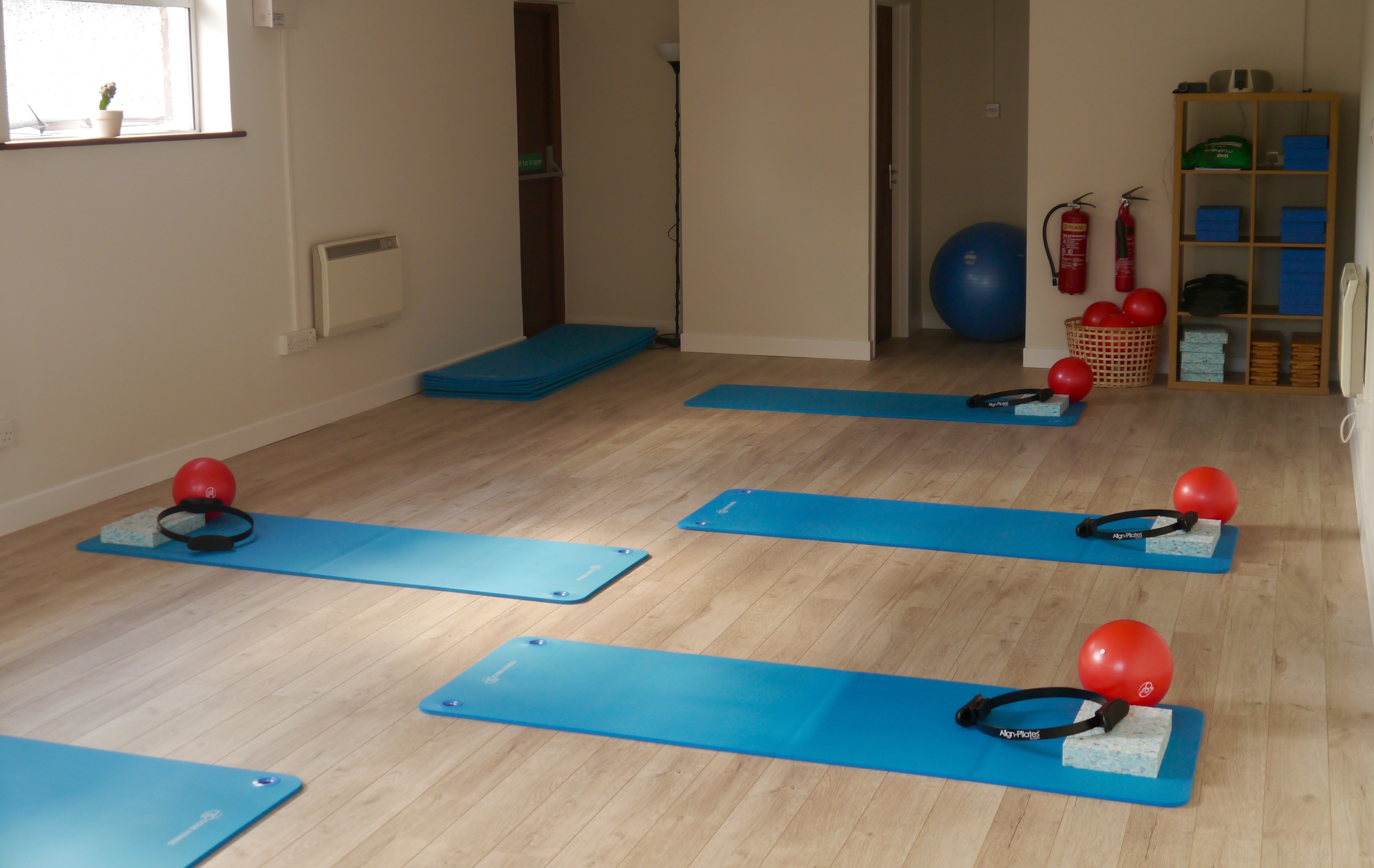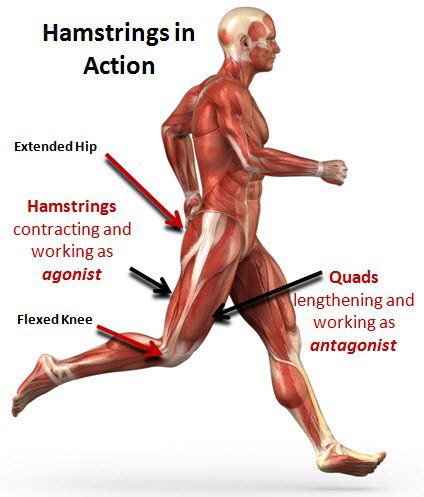Our 1st Birthday Giveaway!!
How Time Flies!
This time last year we opened our studio and we would like to thank all of our existing clients and future clients for your support.
We would like to show our thanks to you by offering you a chance to WIN one of our:
*10 Class Pass worth €100.*
How can you Enter:
All you have to do is visit our Facebook Page and Like and Share the competition post.
https://www.facebook.com/serviceyourbody.ie
The winner will be announced @ 4pm Friday 23rd Sept.
What can you Win:
Our 10 class pass will give you access to all of our Body Maintenance Pilates Classes.
Once you collect your pass it is valid for 12 weeks, giving you plenty of time to try our Body Maintenance Pilates Classes.
The classes we run at Serviceyourbody.ie are designed to keep you Strong, Fit and Pain-free.
All our Body Maintenance Pilates Classes are taught by qualified Physical Therapists.
We have classes for all levels from our Beginner Body Maintenance Pilates Classes to our more advanced Body Maintenance Pilates & Kettlebell Classes.
You check out our full timetable of classes here: Class Timetable
So get Liking and Sharing and be in for a chance to win....
Pilates and Kettlebell Classes Lucan
Pilates and Kettlebell Class Lucan
Pilates and Kettlebell class Lucan is a perfect class to compliment our existing classes. Pilates and Kettlebell exercises target the full body through full body movement with resistance.
The movement used in kettlebell exercises can be easily incorporated into Pilates exercises, thus adding even more strength to your workout.
This class is designed to progress you through from Beginners to Intermediate classes and challenge your body further.
Benefits of Pilates and Kettlebell Class training:
- In both Pilates and Kettlebell training, the exercises taught are specific to the goals of full body movement while developing core strength and stability.
- Both training techniques have really life applications, training the full body with functional movements.
- Where Pilates builds stability and flexibility, Kettle bells build strength and power with this stability as the foundation.
The class are on Tuesday 8-9pm starting Tuesday 6th Sept. the classes will be taught by Orlaith who is a fully qualified strength and conditioning coach with years of experience....as well as being an experienced Physical Therapist, so you will be in great hands.
New Pilates Strength Class Lucan
New Pilates Strength Class Lucan
We are introducing a NEW Pilates Strength class Lucan Monday's 8 - 9pm starting Monday 13th June. The New Pilates Strength Class Lucan will be working on building full body strength and endurance.
The New Pilates Strength Class Lucan class is building on our Beginner and Intermediate class, we will be working on developing more full body strength, building upper & lower body strength and endurance.
The New Pilates Strength Class Lucan class will be a mix of body weight and Pilates exercises, we will be holding positions for longer and introducing new challenging exercises designed to build over all body strength.
The New Pilates Strength Class Lucan class will be suitable for all levels as we will be progressing all exercises during the class for various levels.
Get booking as places are limited. (Don't worry this video is me just showing off, we will build you up to this stuff!!)
[embedyt] http://www.youtube.com/watch?v=ELghaqjJGt8[/embedyt]
How Does Your Body Compensate?
The body has a series of fascial slings it uses to help you move. You develop these slings in early childhood as you learn to crawl, stand, walk and move. 
- Anterior Sling
- Posertior Sling
- Lateral Sling
- Functional Sling
Restrictions in these slings leads to stabilisation issues, resulting in the body having to compensate as you move.
The body uses certain signals to warn you of these compensations:
- Tightness / Stiffness
- Asymmetrical Muscle Development
- Joint fixation/subluxation (Jammed)
- Pain
Pain is the last signal the body uses to warn us. To break this Pain cycle you need to address the facial restrictions and core stabilisation issues.
It is important to release the restriction, re-activate the slings and start to re train the slings in conjunction with your normal exercise or training.
Contact us if you would like us to assess your Facial Slings and your ability to Stabilise, and break your Pain cycle.
Keeping You Moving Series
At ServiceYourBody.ie we want to keep you pain and injury free through our Keeping You Moving Series.
We recently posted about a study that found the best thing you can do to prevent episodes of low back pain is to exercise, it does not matter what type of exercise you do, as long as you are moving or in simple terms... Keep Moving.
We are doing an exercise series, Keeping You Moving which is a compilation of simple exercises, we will post a new exercise every Friday which you can do each day. They will vary in difficultly and will be a mix of full body or isolated exercises.
They are designed to be fun, some will be harder than others but lets start moving. Check out our Facebook page for your weekly exercise.
[embedyt] http://www.youtube.com/watch?v=Sb-aNRrtZHo[/embedyt]
How Pilates has improved my Saxaphone playing
So today I asked one of our clients how she was getting on in our Body Maintenance Pilates classes and to my amazement she responded by saying "they are great, they are really helping my with my saxophone lessons". This has to be one of the more interesting ways in which our Body Maintenance Pilates classes have helped our clients.
We were intrigued and asked her, in what way have the classes helped her? She went on to explain that she can hold a note longer (increased lung capacity), one of the lessons is to hold a note as long as you can with the one breath.
Before she would have been one of the first to run out of breath, but now she is able to out last most of the others in the class. So why is this? well we can speculate that due to the amount of focus we put on diaphragmatic breathing, has helped her increase her lung capacity. By training to use your diaphragm to draw air in and not just your chest and neck muscles, you will increase the volume of air you draw in and utilise the full capacity of the lungs.
https://youtu.be/EL-09JcM-sY
The second area she said it has helped is to enable her to practice longer, she found that when sitting practicing she tended to slump forward after an hour . She now feels she can support herself better and practice longer without slumping. By developing a stronger core the body can support itself longer without the use of the back of a chair.
Incidentally this slumping would also restrict her lung capacity, so the combination of core strength and breathing exercises would have contributed to both of these improvements in her saxaphone lessons. She has been attending our Body Maintenance Pilates classes for 2 months and can definitely attribute the improvements to the classes.
So if you want to improve your saxaphone playing, develop core strength and get fitter and stronger, check out our Body Maintenance Classes.
New Timetable of Pilates Classes Lucan
We are delighted to announce our New Timetable of Pilates Classes Lucan, our New timetable of classes will start Monday 4th January 2016.
Following on from talking to our clients we are introducing these new classes:
- Monday 6:45pm Beginners Level Class
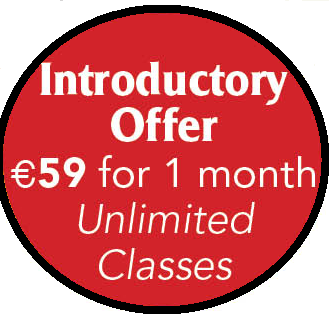 Saturday 10:30am Mixed Level Class
Saturday 10:30am Mixed Level Class
You can see our new Timetable and book your Pilates classes by clicking this link.
If you are new to our classes we have a great Introductory Offer of Unlimited Classes for 4 weeks for just €59.
We have a number of Body Maintenance Classes running during the week. Our classes are a mix of Pilates, Mobility and Flexibility, specifically designed to help make you stronger, prevent injury and pain.
Contact us to book your class or avail of our Introductory Offer.
Hamstring Injury Treatment and Prevention
At ServiceYourBody.ie we see a lot of Hamstring Injuries and as a result get asked a lot about Hamstring Injury Treatment and Prevention.
While there is a lot known about Hamstring Injury Treatment and Prevention, unfortunately the incidence has not diminished. Research has shown that not all hamstring injuries are the same and that certain types of Hamstring injuries require prolonged rehabilitation and return to play programs.
We are often asked how long will it take to recover, again the research is quite inconclusive on this, while it is believed the main tendon (Bicep Femoris) takes longer to recover, there is no one answer, each hamstring injury is different and needs to be treated as such.
Similarly we are often asked how can you prevent a hamstring injury and re injury, various tests have been proposed as predictors of hamstring injury but the evidence is conflicting.
Unfortunately re-injury rates remain high but it is now thought that strength deficits may be an important factor, also strengthening exercise should be performed with the hamstrings in a lengthened position.
Research has shown that hamstring rehabilitation programs that does not include eccentric loading can leave the muscle to be weak, again these exercises should be done with the muscle in a lengthen position, some exercises that are good examples of this are the Nordic Hamstring Exercise (NHE), the Romanian Dead Lift and Askling's ‘extender’, ‘diver’ and ‘glider’ exercises, these are now becoming the main post injury rehabilitation.
[embedyt] http://www.youtube.com/watch?v=lxA2bPlc210[/embedyt]
Nordic exercise is an eccentric exercise and research has shown that the hamstring is best served to be rehabbed in a lengthen position, again the Nordic exercise is lengthening the muscle while under load. This exercise has shown to reduce hamstring injuries by up to 2/3, this was based on a small study of professional footballers.
[embedyt] http://www.youtube.com/watch?v=qPRZcNx_C0A[/embedyt]
It would be good to include these exercises as part of your Hamstring Injury Treatment and Prevention protocol, consider them as part of your training sessions.
If you would like to learn more or book in for a treatment please contact us.
Gift Vouchers ServiceYourBody.ie
Stuck for gift ideas, our Gift Vouchers ServiceYourBody.ie are great for someone who wants to Be Stronger, Fitter and Pain Free. If you know someone that would benefit from attending our Body Maintenance Classes or would like one of our Deep Tissue / Sports Massages, you can purchase Gift Voucher @ ServiceYourBody.ie
You can choose from our Body Maintenance Class Passes, Introductory Offer and Deep Tissue / Sports Massage
- 6 Class pass €70
- 10 Class Pass €100
- Introductory Offer €59 - unlimited classes for 4 weeks
- Deep Tissue / Sports Massage €50
Call us to order 086 8318931 / 01 6283827
Chronic Neck Pain Lucan
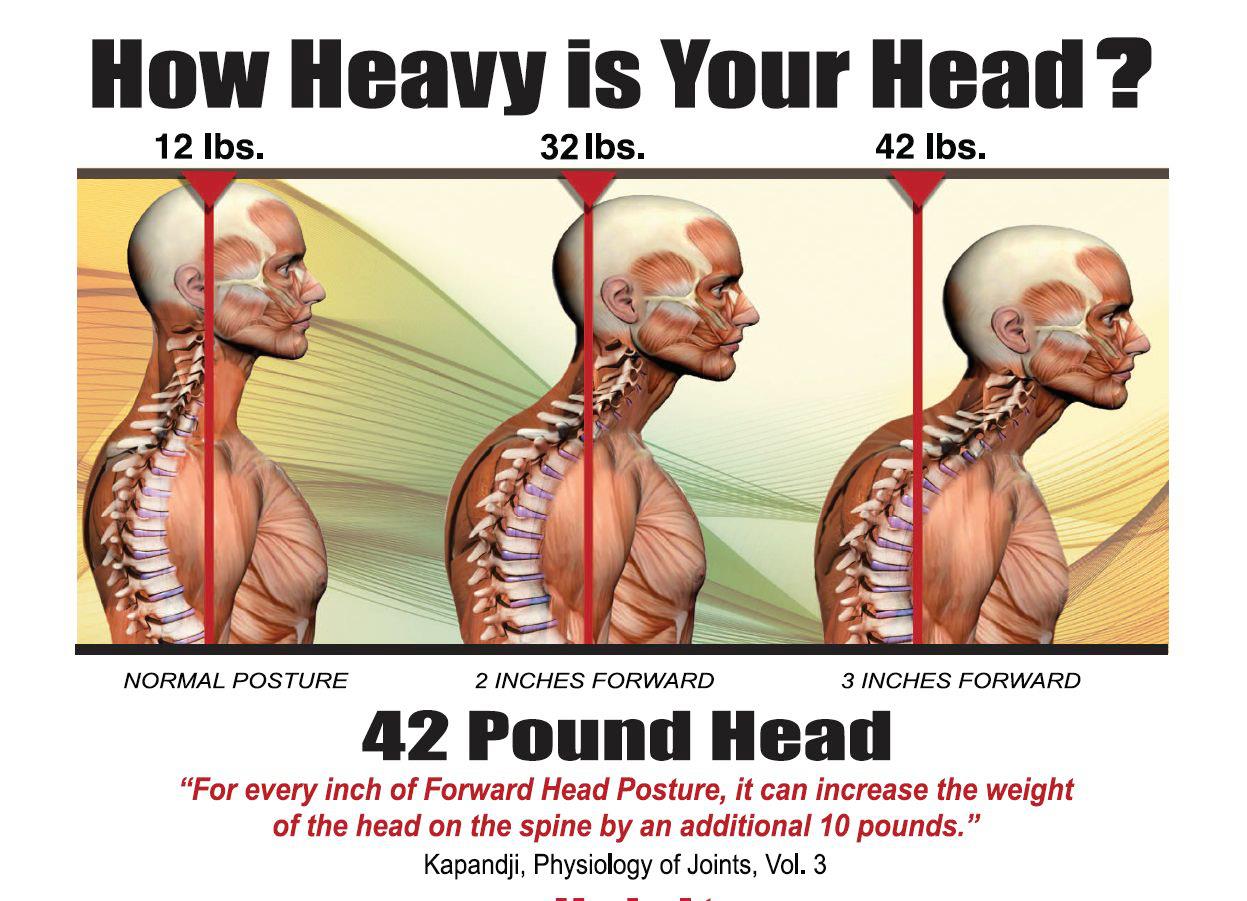
A recent study looked at Chronic Neck Pain Lucan in 100 females who have to do at least 4 hours typing a day. The study found that doing a number of specific exercises for the neck muscles can help reduce the effects of neck pain.
The study showed that Chronic Neck Pain Lucan can impair the function of the muscles in the neck, which in turn effects how the neck can support the head and movement.
When the neck can not support the head or movement the deep neck muscles fatigue easily. The neck will also have difficulty controlling the position of the head and neck on the shoulders. This can lead to a more forward head position, this has been seen regardless of what sitting posture you adapt.
During the course of this study it was shown when exercising the deep neck flexor muscles there was a decrease in Chronic Neck Pain and may improve the position of the head.
One of the exercises used in the study was cranio-cervical flexion or Chin Tucks, this exercise is used to activate and train the deep neck flexor muscles. Below is a short video on how to perform the exercise and a simple progression of the exercise.
If you are suffering from Chronic Peck Pain or Forward Head Posture please contact us and we will be happy to assist with an assessment and treatment.




